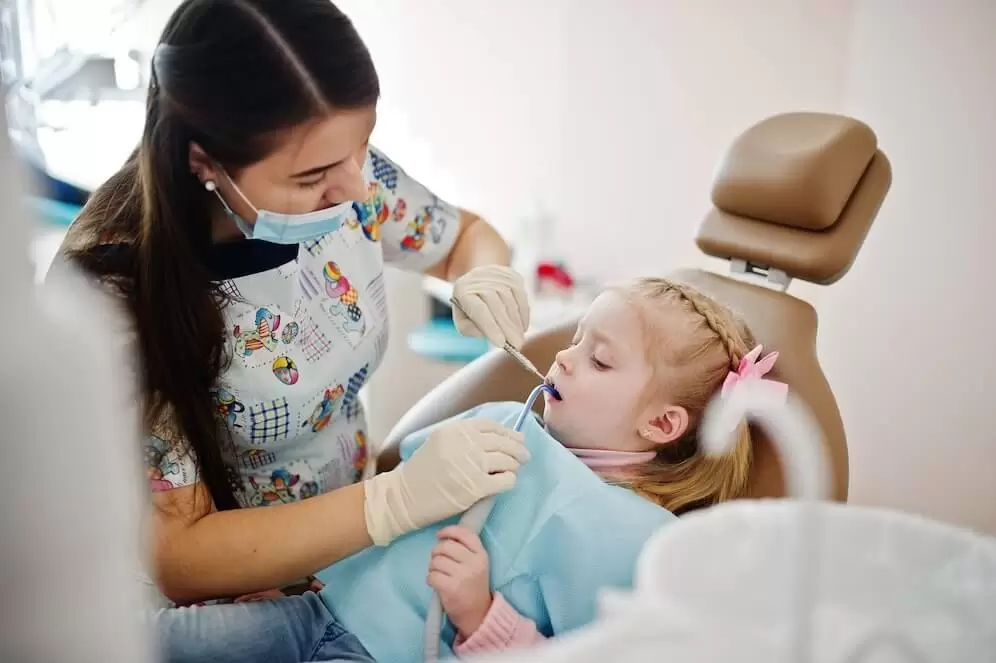
Watching your child’s first tooth wiggle is both exciting and nerve-wracking. As a first-time parent, you may have many questions about this natural milestone. This guide, crafted by pediatric dentistry experts, will walk you through what to expect as your child loses their baby teeth.
1. The Typical Timeline for Losing Baby Teeth
Typically, kids begin losing their primary teeth at approximately six years old. This process may continue until they reach the age of 12 or 13. Each child is different, so don’t worry if your child starts a little earlier or later. The first teeth to go are typically the lower front teeth, followed by the upper front teeth.
2. The Wiggly Tooth Phase
Loose teeth can be a source of fascination and anxiety for children. Encourage your child to gently wiggle the loose tooth with their tongue or a clean finger. Avoid the temptation to pull the tooth out prematurely, as this can cause unnecessary pain and bleeding.
3. The Tooth Fairy’s Visit
Introducing the tooth fairy can make the experience more fun and less scary for your child. This age-old tradition not only rewards your child for their bravery but also helps them understand that losing baby teeth is a normal part of growing up. Have a special container or envelope ready for the lost tooth to make the visit more exciting.
4. Importance of Good Oral Hygiene
Maintaining good oral hygiene is crucial during this transition. Teach your child to brush their teeth at least twice a day and floss regularly. This will help keep their gums healthy and prepare their mouth for the new permanent teeth. A visit to a paediatric dentist can provide additional tips and ensure their oral health is on track.
5. Handling Pain and Discomfort
Losing baby teeth can sometimes be uncomfortable. If your child experiences pain, offer them a cold compress or an over-the-counter pain reliever suitable for children. Remind them to avoid hard and sticky foods that can exacerbate the discomfort.
6. When to See a Paediatric Dentist
Regular check-ups with a pediatric dentist are essential. If your child’s teeth are not falling out in the expected sequence or if there is excessive pain or swelling, schedule a dental visit. A paediatric dentist can provide professional advice and ensure there are no underlying issues affecting your child’s dental health.
7. Preparing for Permanent Teeth
As baby teeth fall out, permanent teeth will start to emerge. These teeth are larger and may appear more yellow due to their higher calcium content. Encourage your child to continue practising good dental hygiene and consider using a fluoride toothpaste to strengthen their new teeth.
Conclusion
Navigating the journey of losing baby teeth can be smooth and stress-free with the right knowledge and preparation. Remember, every child is different, and consulting with paediatric dentistry experts can provide personalised guidance. Embrace this milestone with confidence, and help your child maintain a healthy, happy smile.
By understanding these key aspects, you can ensure that your child’s experience of losing their baby teeth is positive and exciting. For more personalised advice, don’t hesitate to consult with a paediatric dentist.
Schedule a Paediatric Dental Check-Up
Ensure your child’s dental health is on track as they lose their baby teeth. Schedule a paediatric dental check-up with our caring team at Kingsway Dental to receive expert guidance and support. Book Your Appointment Today.
Recent Posts
Categories
- Bridges (1)
- Cosmetic Dentistry (3)
- Crowns (1)
- Dentures (4)
- Facial Injectables (1)
- General Dentistry (6)
- Invisalign (3)
- Kingsway Dental (12)
- Teeth Whitening (2)
